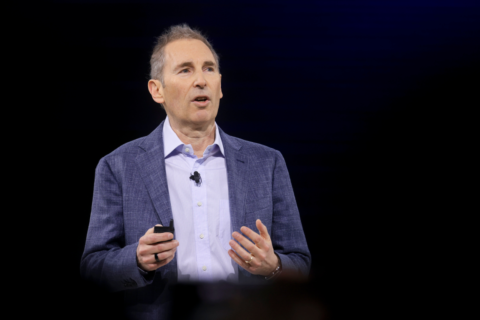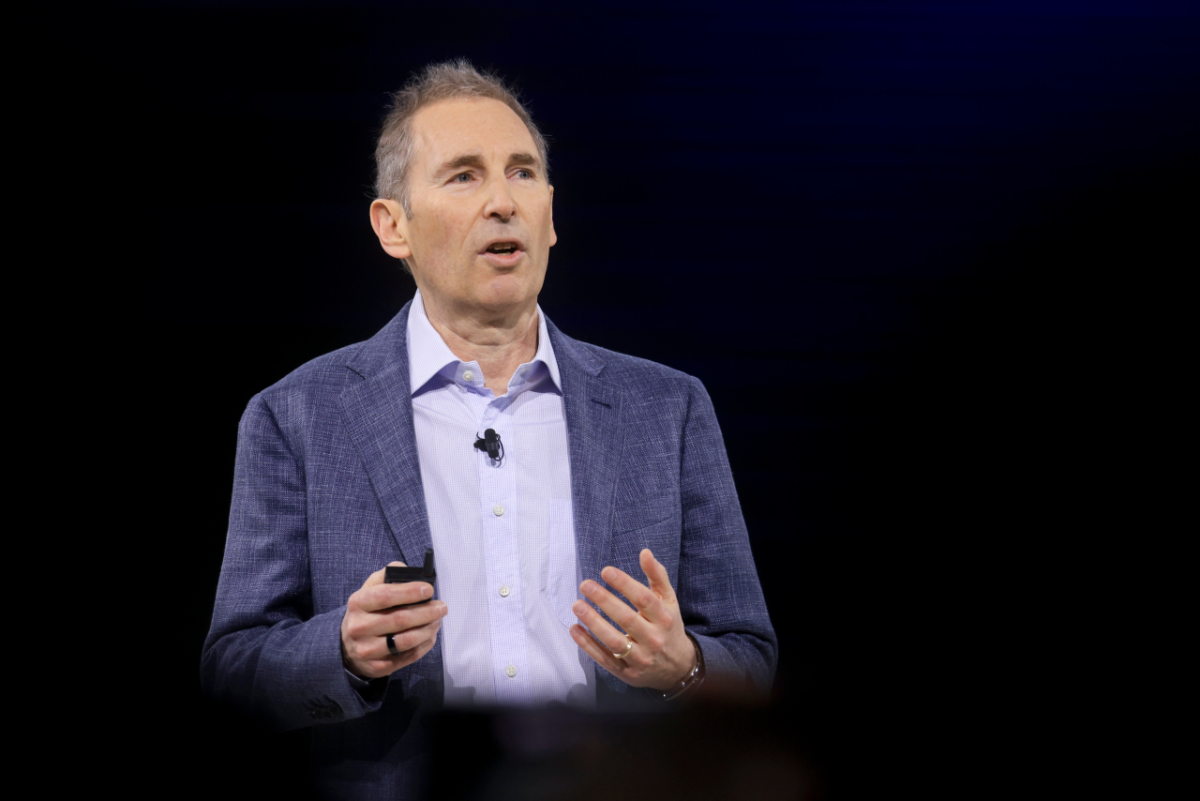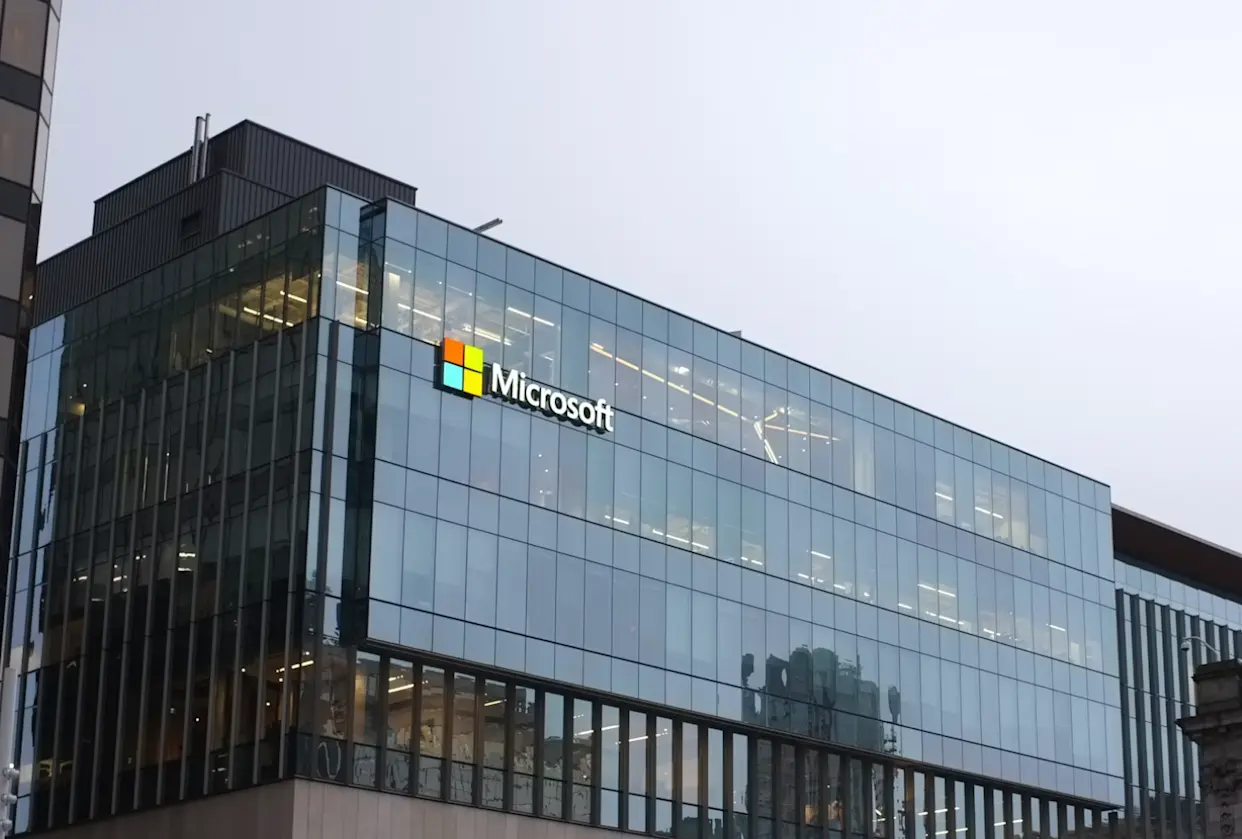Imagine logging into work one morning and discovering your role has fundamentally changed overnight—not because of a new manager, but because of artificial intelligence.
This is the new reality at Amazon, where CEO Andy Jassy recently announced that generative AI is set to transform the company’s workforce, leading to a reduction in corporate jobs over the coming years.
As Amazon doubles down on automation, the consequences will extend far beyond its Seattle headquarters, raising serious concerns about the future of work, adaptability, and opportunity in the AI era.
The Amazon Approach: AI as a Catalyst for Change
Amazon is not just dabbling in AI; it is integrating it into the very fabric of its operations. From generative AI agents that automate routine tasks to advanced tools like Alexa+ and Project Amelia, the company is reimagining how work gets done.
According to Jassy, “We will need fewer people doing some of the jobs that are being done today and more people doing other types of jobs.” The exact scale of these changes is hard to predict, but the direction is clear: efficiency gains from AI will mean a leaner corporate structure.
What’s Driving the Shift?
- Generative AI Agents: Automate repetitive tasks, from inventory management to customer service.
- AI-Powered Tools: Enhance product listings, forecast demand, and even help sellers optimize their businesses.
- Continuous Innovation: Amazon has over 1,000 generative AI projects in development, with more on the horizon.

Comparison: Amazon vs. The Tech Industry
Amazon isn’t alone in this transformation. Giants like Microsoft and Google have also reduced headcounts as AI automates more roles. However, Amazon’s scale—employing over 1.5 million people globally—makes its moves especially significant.
| Company | Recent AI-Driven Layoffs | AI Applications | Workforce Size (2025) |
|---|---|---|---|
| Amazon | 27,000+ since 2022 | Generative AI, Alexa+, Q | 1.56 million |
| Microsoft | Thousands | Copilot, Azure AI | 221,000 |
| Hundreds | Gemini, Bard | 182,000 |
Redefining Work, Not Just Reducing Jobs
Efficiency and Upskilling Go Hand-in-Hand: While Amazon expects to reduce some roles, it’s also investing in upskilling employees to work alongside AI. The World Economic Forum found that 77% of employers plan to retrain workers for new, tech-driven roles between 2025 and 2030.
Not All Roles Are Equally Vulnerable: Jobs involving routine, repeatable tasks—like payroll, executive support, and basic data entry—are most at risk. Conversely, roles requiring creativity, critical thinking, or AI management are likely to grow.
AI as a Business Partner: Amazon’s Project Amelia and other AI-powered assistants are already helping sellers and managers make smarter, faster decisions. These tools don’t just automate—they augment human capabilities, freeing up time for strategic work.
Having worked with teams adapting to AI-driven change, I’ve seen firsthand the anxiety and excitement that comes with automation. The key is to view AI not as a threat, but as a partner.
At Amazon, employees are encouraged to experiment with new tools and find ways to “get more done with scrappier teams.” This mindset shift—from fearing job loss to embracing new opportunities—will be essential as AI continues to evolve.
Final Words
Amazon’s journey exemplifies a global trend: artificial intelligence is here to stay and is profoundly changing the workforce. Employees face a clear challenge: adaptability and lifelong learning are no longer optional. Companies can benefit from using AI to drive efficiency and innovation.





